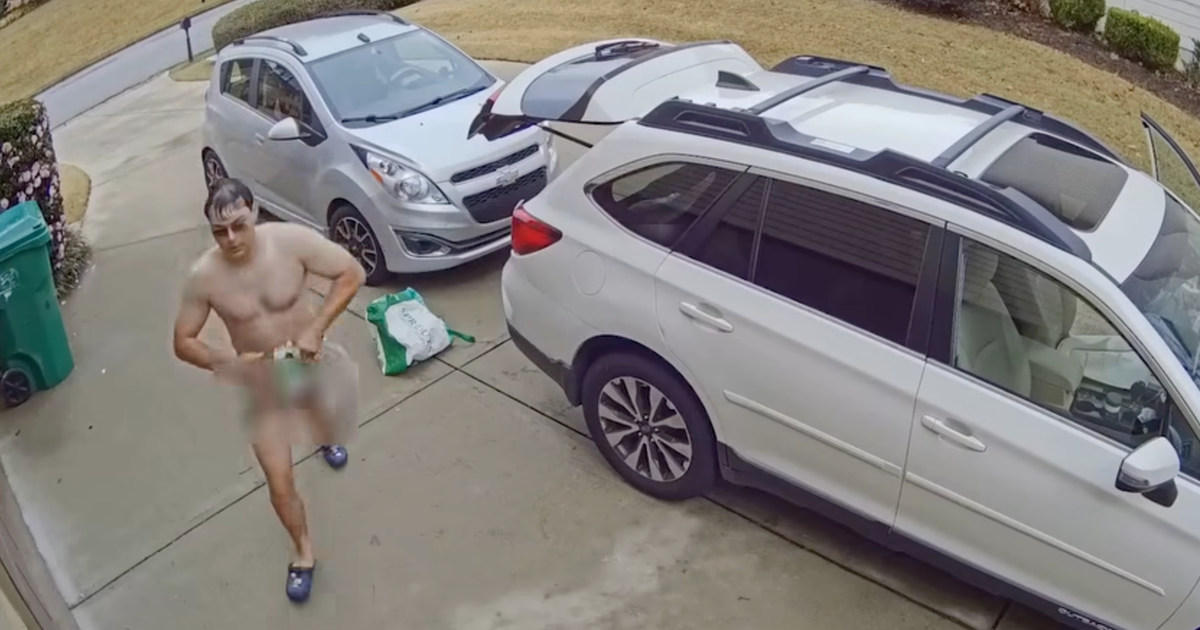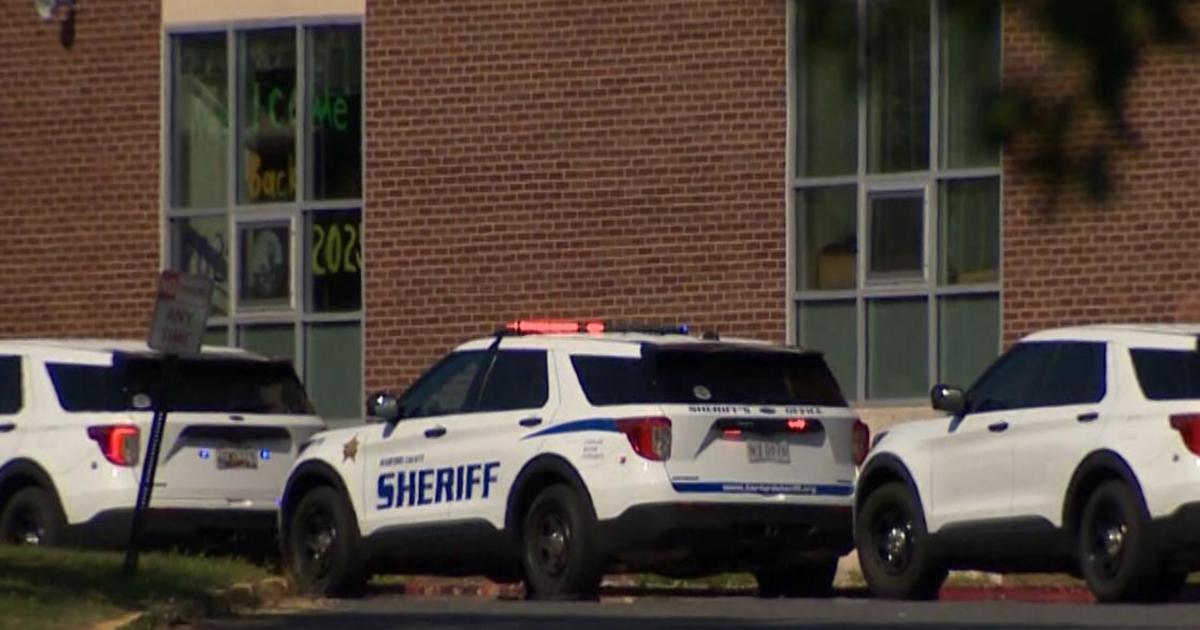The 10 'Most Dangerous' Towns In Illinois
By John Dodge
CHICAGO (CBS) -- When it comes to violent crime outside of Chicago, Rockford ranks in the most dangerous town in the state, according to 2013 FBI crime statistics.
The violent crime rate for that northwest Illinois town of 150,000 stands at 1,374 per 100,000 residents. Violent crime includes murders, rapes, robberies and property crimes, like burglary and car theft.
There were 19 reported murders in Rockford, ranking No. 1 outside of Chicago (414 murders). Peoria reported 16 murders.
South suburban Harvey, with a population of only about 25,500, had an alarmingly high 10 murders.
For suburban Chicago, Aurora is ranked No. 1 with a crime rate of about 300 per 100,000 residents.
The study compiled FBI violent crime statistics to determine the rankings.
According to the FBI report, Chicago is not included because the FBI believes crime in the city is under-reported and specifically doesn't properly classify the number of rapes. Not surprisingly, even without those numbers, the city has the highest crime rate in the state, considering its size and population density.
Without including rapes and aggravated assaults, there were about 12,229 violent crimes and 95,908 property crimes in Chicago in 2013 -- a total of 108,137 crimes. There were 414 murders, and more than 11,000 robberies. The property offenses include crimes like burglary and arson.
Not including Chicago, here are the 10 Illinois cities with the most violent crime:
1. Rockford
2. Springfield
3. Peoria
4. Champaign
5. Aurora
6. Joliet
7. Harvey
8. Waukegan
9. Bloomington
10. Decatur
Click here for more statistics.
The FBI cautions against drawing blanket conclusions from the rankings, saying there are many factors that affect crime.
"Each year when Crime in the United States is published, some entities use the figures to compile rankings of cities and counties. These rough rankings provide no insight into the numerous variables that mold crime in a particular town, city, county, state, tribal area, or region. Consequently, they lead to simplistic and/or incomplete analyses that often create misleading perceptions adversely affecting communities and their residents."







